The Fitzwilliam Museum is a place where hours can be spent without realising just how long has been spent walking around the different rooms and galleries. The museum, located on the edge of the centre of Cambridge, is filled with historical items from all over the world as well as artwork. I spent a good two or three hours here and could have spent more. There was just so much to see, but I've included some photographs of some of the items.
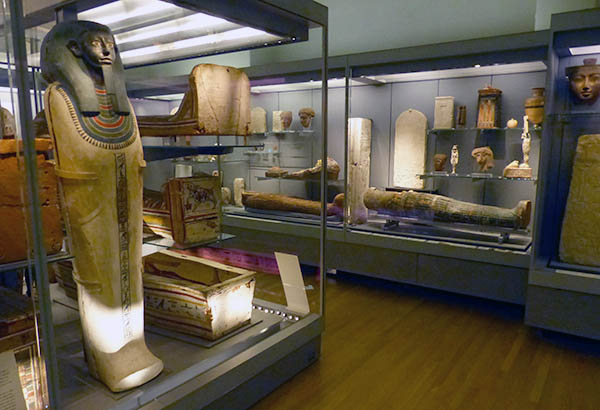
The first room I entered had a lot of different armour from different parts of the world on display.
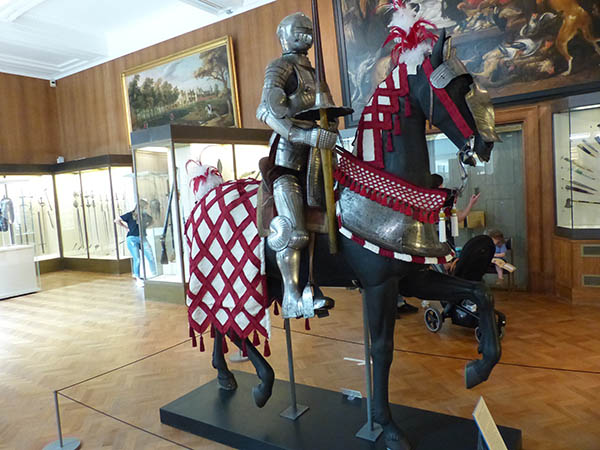
Off from this room are some rooms filled with glassware, porcelain, ceramic, pottery, etc.
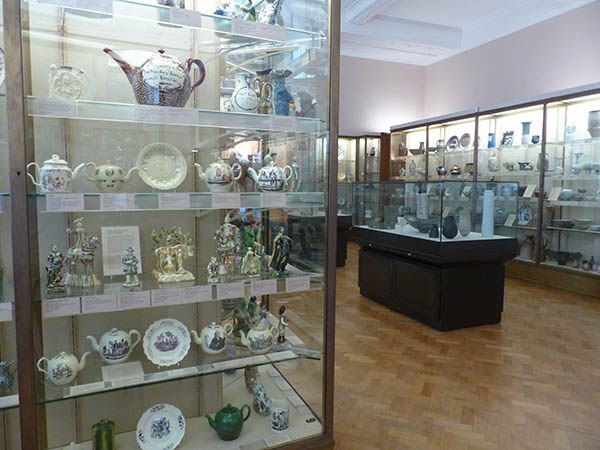
The seated lioness came from Iran in the 12th or 13th centuries and is a reminder of the country's rich heritage before modern day problems in the area. It has been made of a stone paste and glazed.
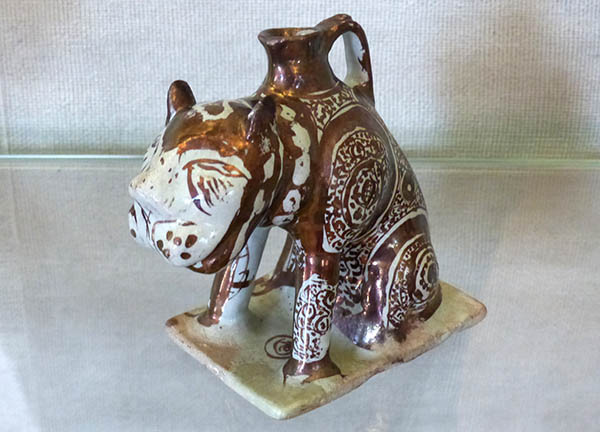
The Chinese room was particularly good and reminded me of an exhibition that I visited as a child called "Son of Heaven" in the late 1980s when there seemed to be a lot of admiration for Chinese culture, at least until the political landscape changed. The Chinese room in the Fitzwilliam Museum (it was not called that, but it had items from China and Asia generally) was filled with interesting items. I liked the "feline dragon" that was constructed sometime around 200-256BC.
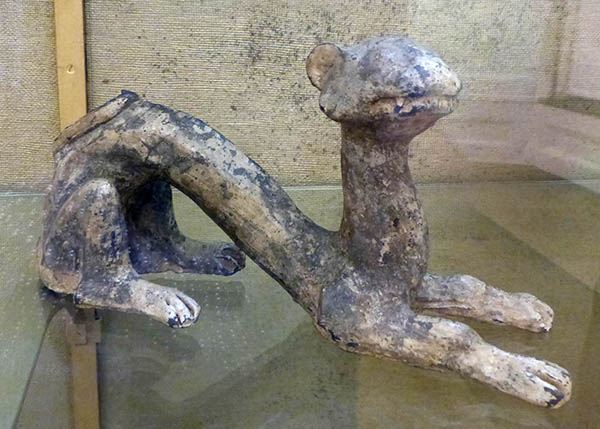
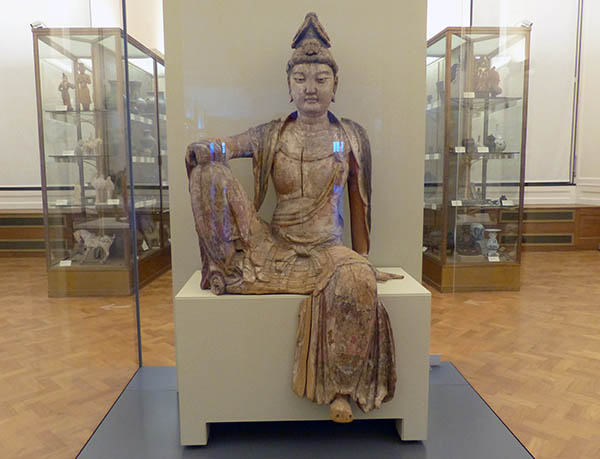
There were a couple of interesting Chinese vases, such as "Nine Peaches". Peaches are meant to be lucky, and the number nine is associated with the emperor.
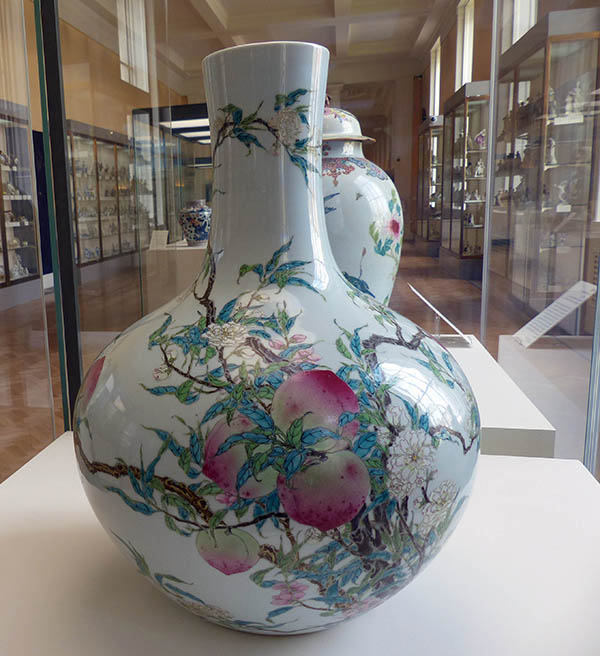
The other vase was made in China to be marketed at Europeans and uses a European style with a colour scheme that was popular then (1700s). This was a new style of art in China to be sold abroad.
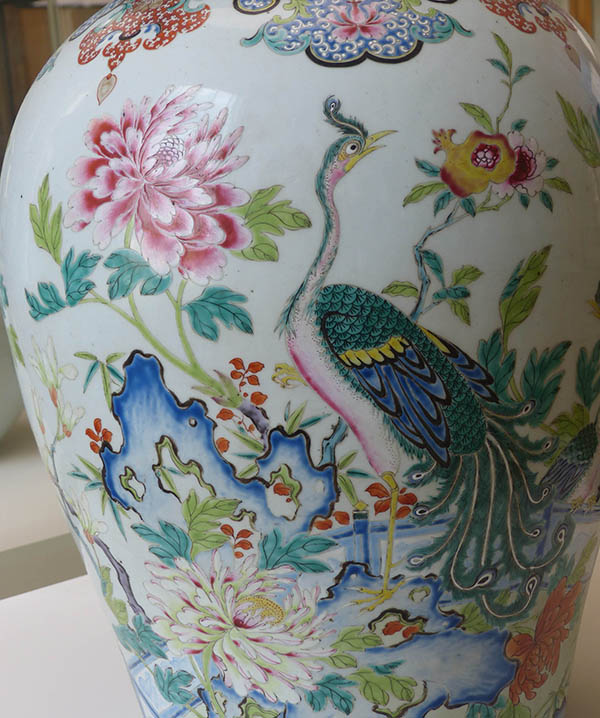
The ale jug was made for the Royal Agricultural Society in England in the mid-1800s. An image of prized sheep are on one side, and the other side contains winning large ox.
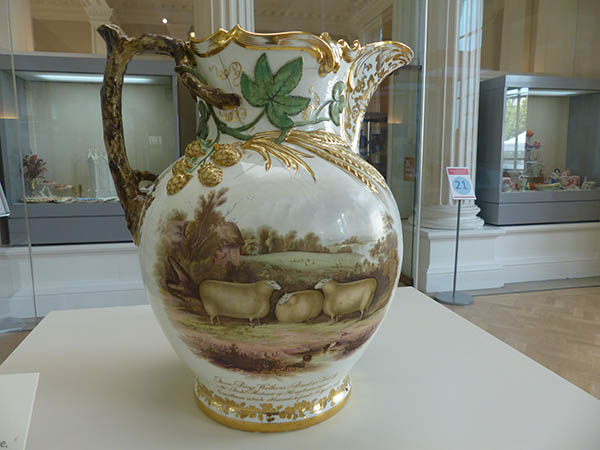
These ewers pots were made in Copeland factory in England with Kashmir style in England in the later 1800s. The black one is the Madras style, and it was made in the early 1850s and was displayed at the Crystal Palace. There were some souvinir items relating to the Crystal Palace on display as well.
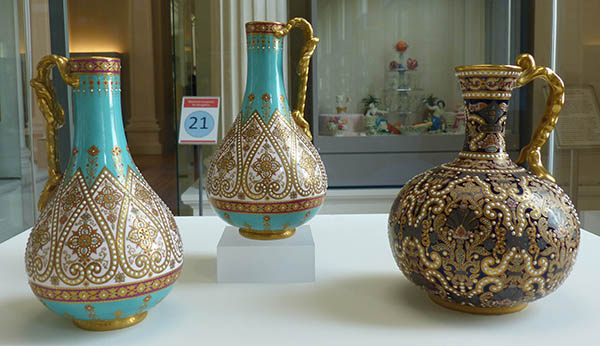
A couple of the display cabinets at the end of the pottery and porcelian room were decorated like shop windows. The first display was Ivan's Day celebrations. It celebrates sugar. Sugar became hugely successful in the later 1700s. The sugar plantations were in the West Indes with slaves being used to produce 80% of the sugar consumed. Sugar became fashionable with sugar banquets becoming popular in addition to hot chocolate and other types of food and drink.
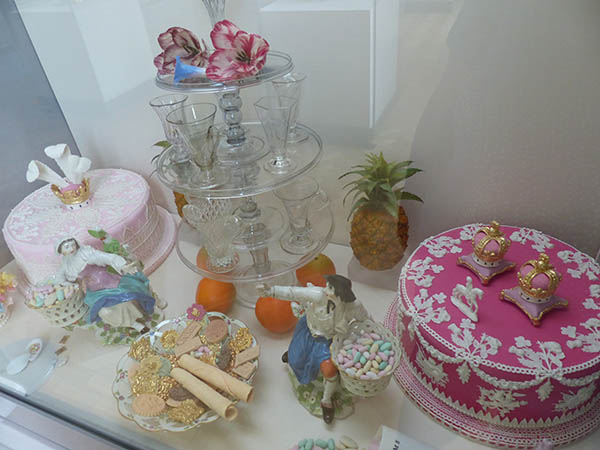
Other rooms showcased the influence of the Greek and Roman artwork and objects, and this is always one of my favourite areas.
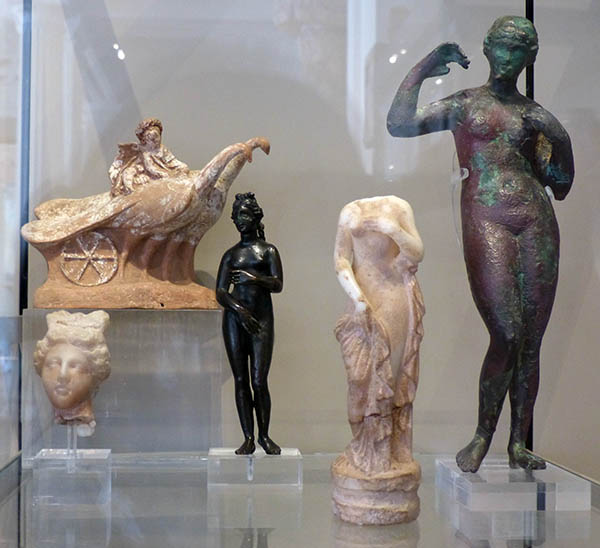
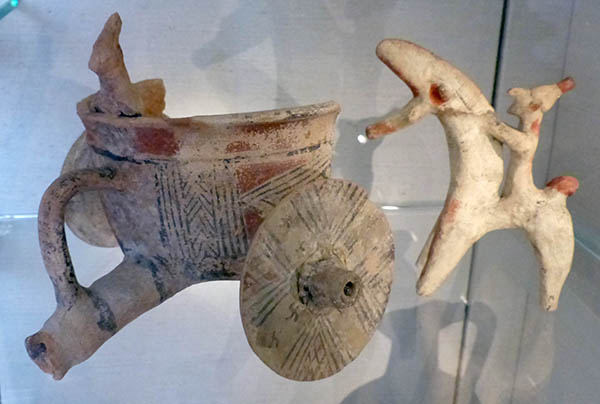
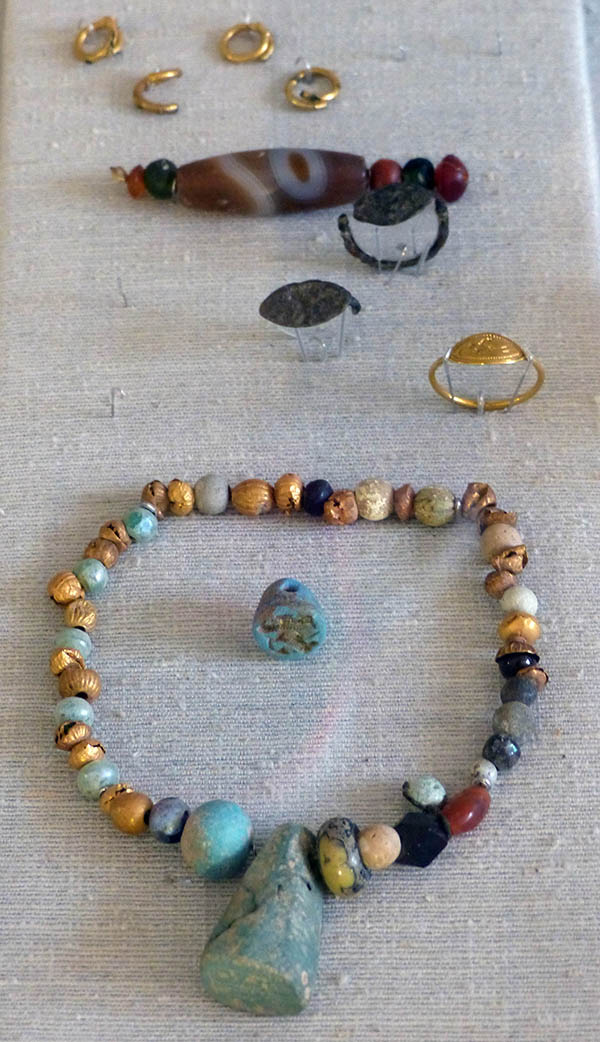
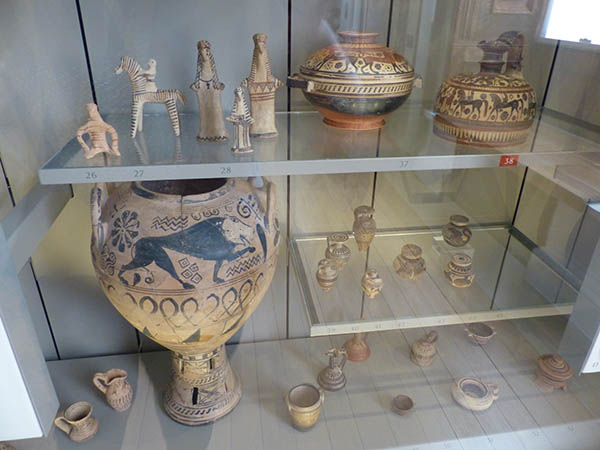
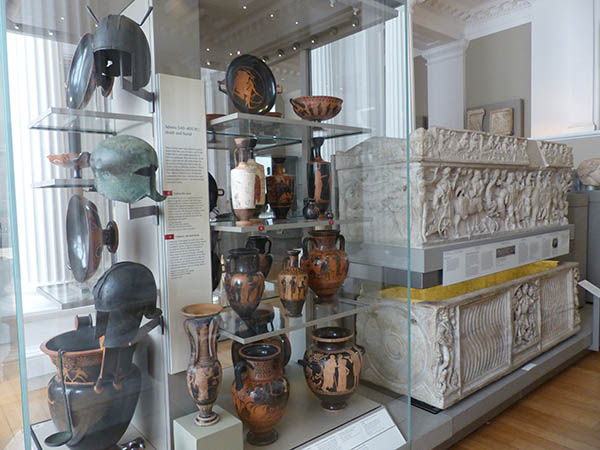

The Three Eye Idols were interesting. They come from Tell Brak in Syria at a temple dedicated to eyes, and they date from around 3500BC. These are constructed of alabaster, and other materials have been used as well as sometimes jewels forming the eyes.
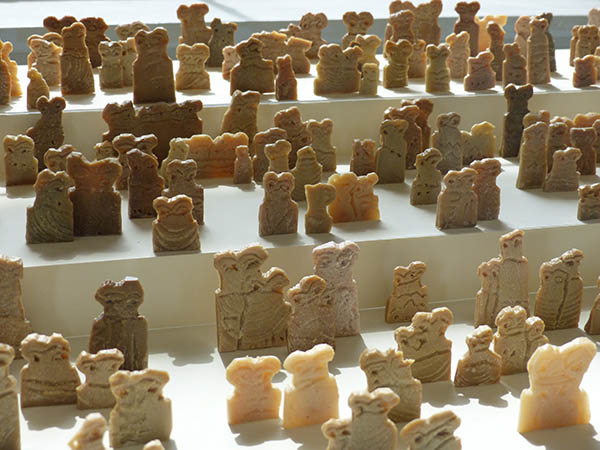
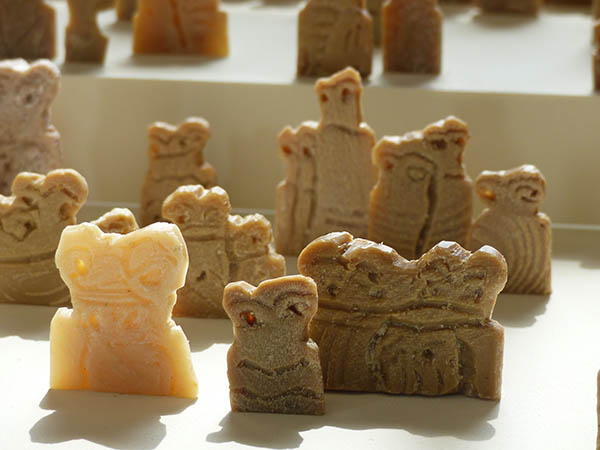
These little clay figures of animals date from the 5th century BC in Cyprus.

Bronze votive animals were made in bronze and cast together in Greece around 500-600BC, and they were discovered in Turkey. The animals include dogs, stags, goat, sheep, and other animals and also included mythical animals and men fighting with knives. Part of the collection is in other museums. These were thought to be fertility votives.
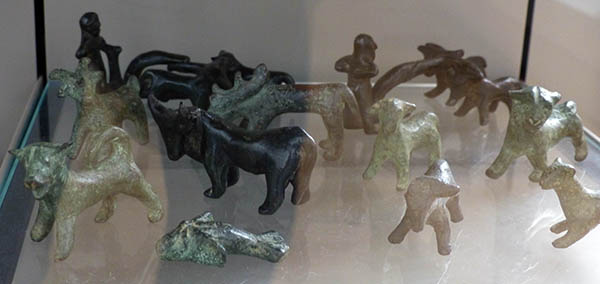
A large Egyptian room is also part of the museum, and it features mummies, artwork, jewellery, and cloth. One of the exhibitions is a burial of Nakhtefmut, a priest that was buried around 950BC. The tomb was found in Thebes at the end of the 1800s.
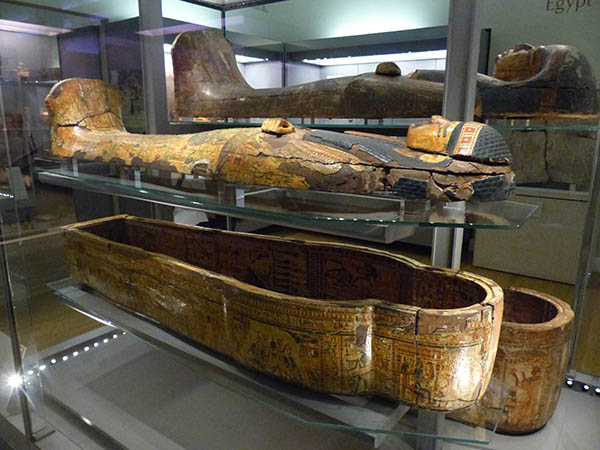

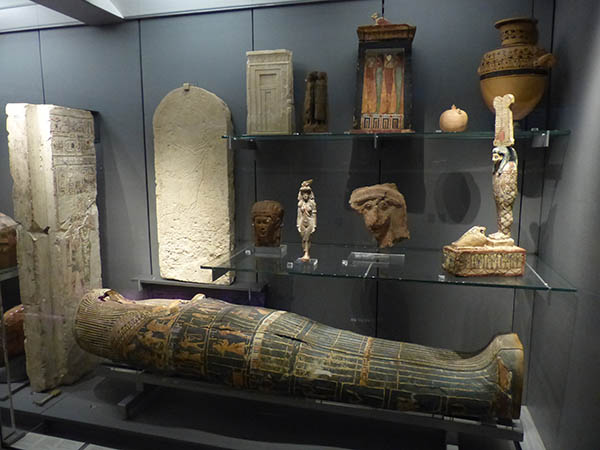
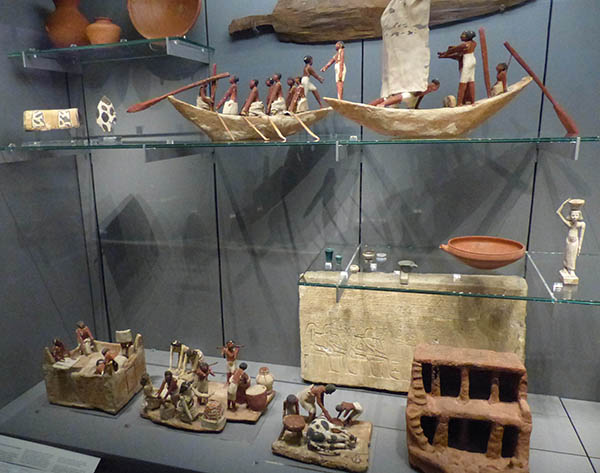



There were a few mummified cats and other animals on display.
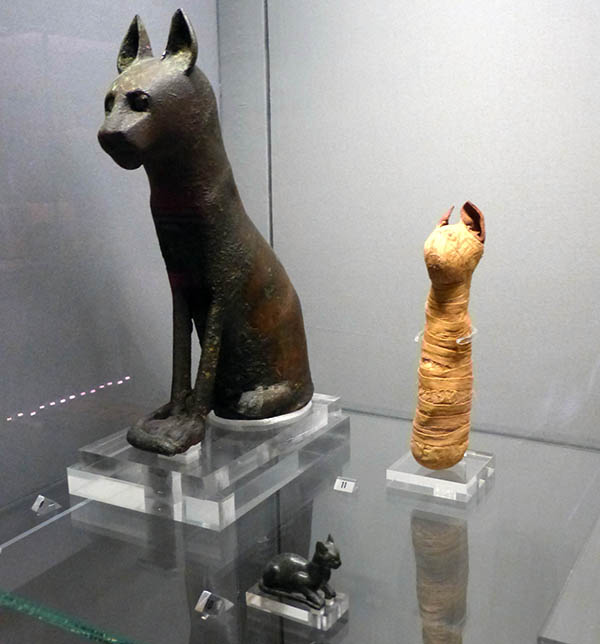
The room also contained some later Egyptian burial finds during the start of the Islamic period with portraits.

The staircase at the Fitzwilliam Museum was impressive, and the top floor contains the art galleries, which I also had a look around. Actually, the staircase and design here is more than impressive and much better to see in real life.



I recommend Fitzwilliam Museum in Cambridge to anyone who is interested in history and the arts. I compare it to the British Museum but on a much smaller scale.
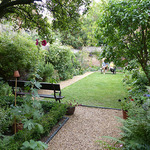
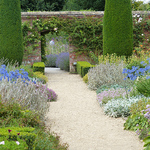

Leave a comment